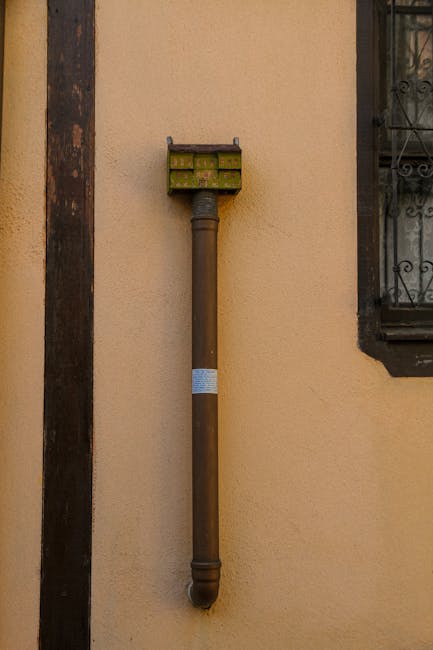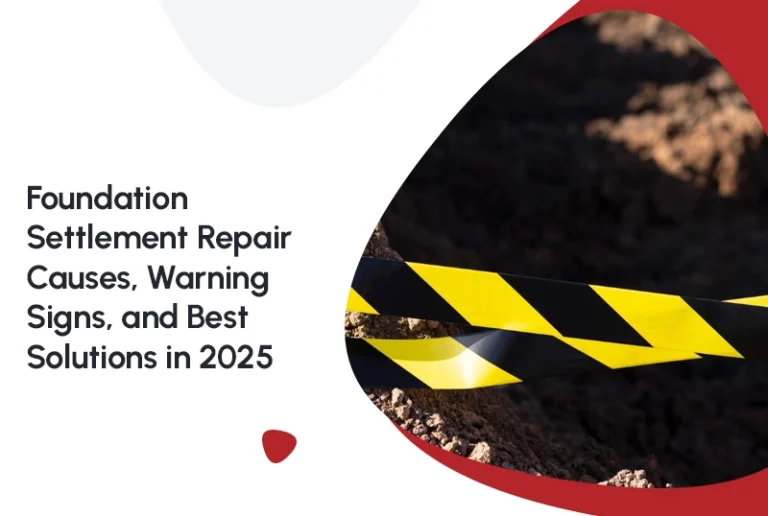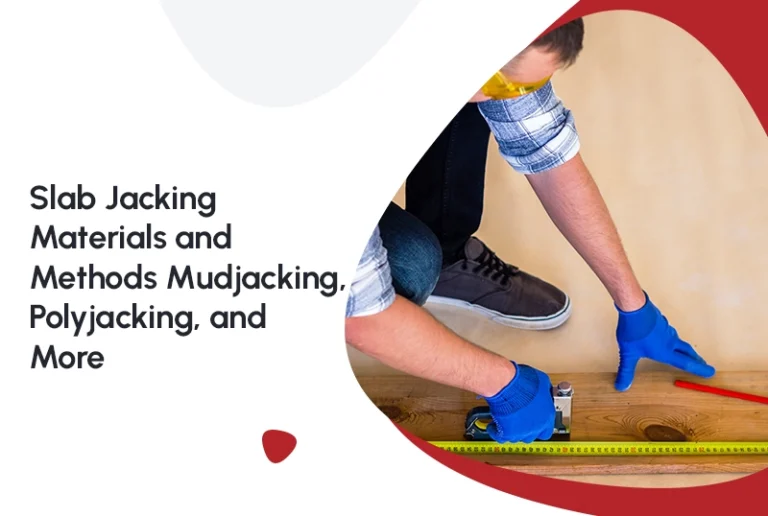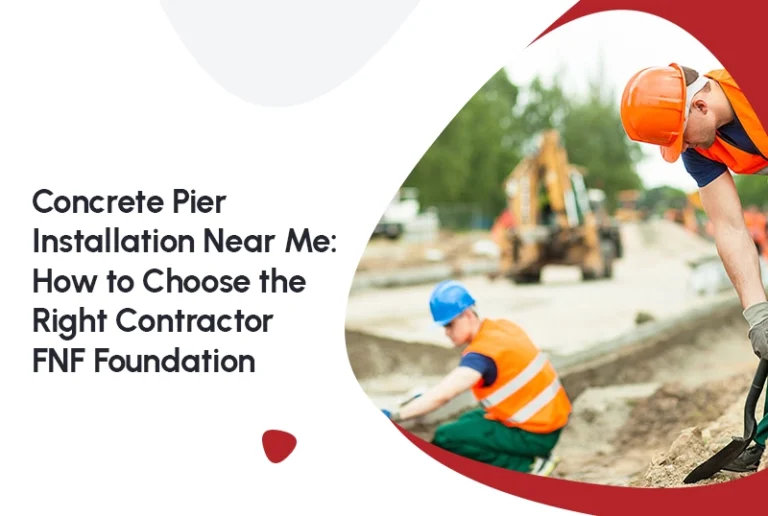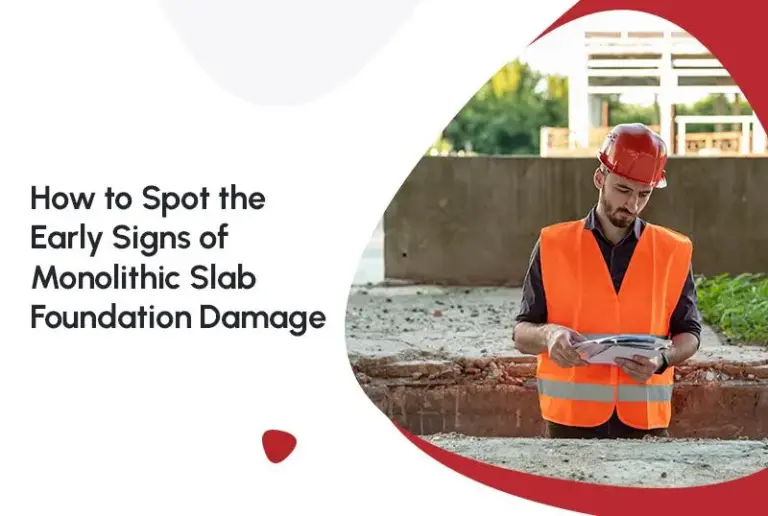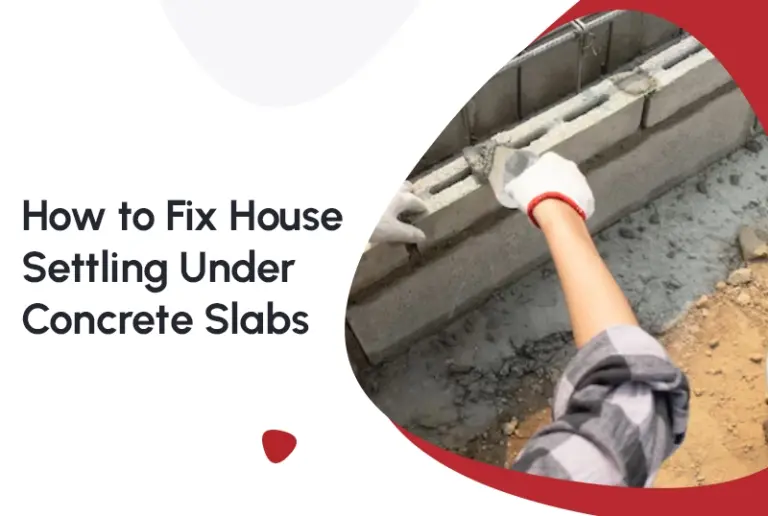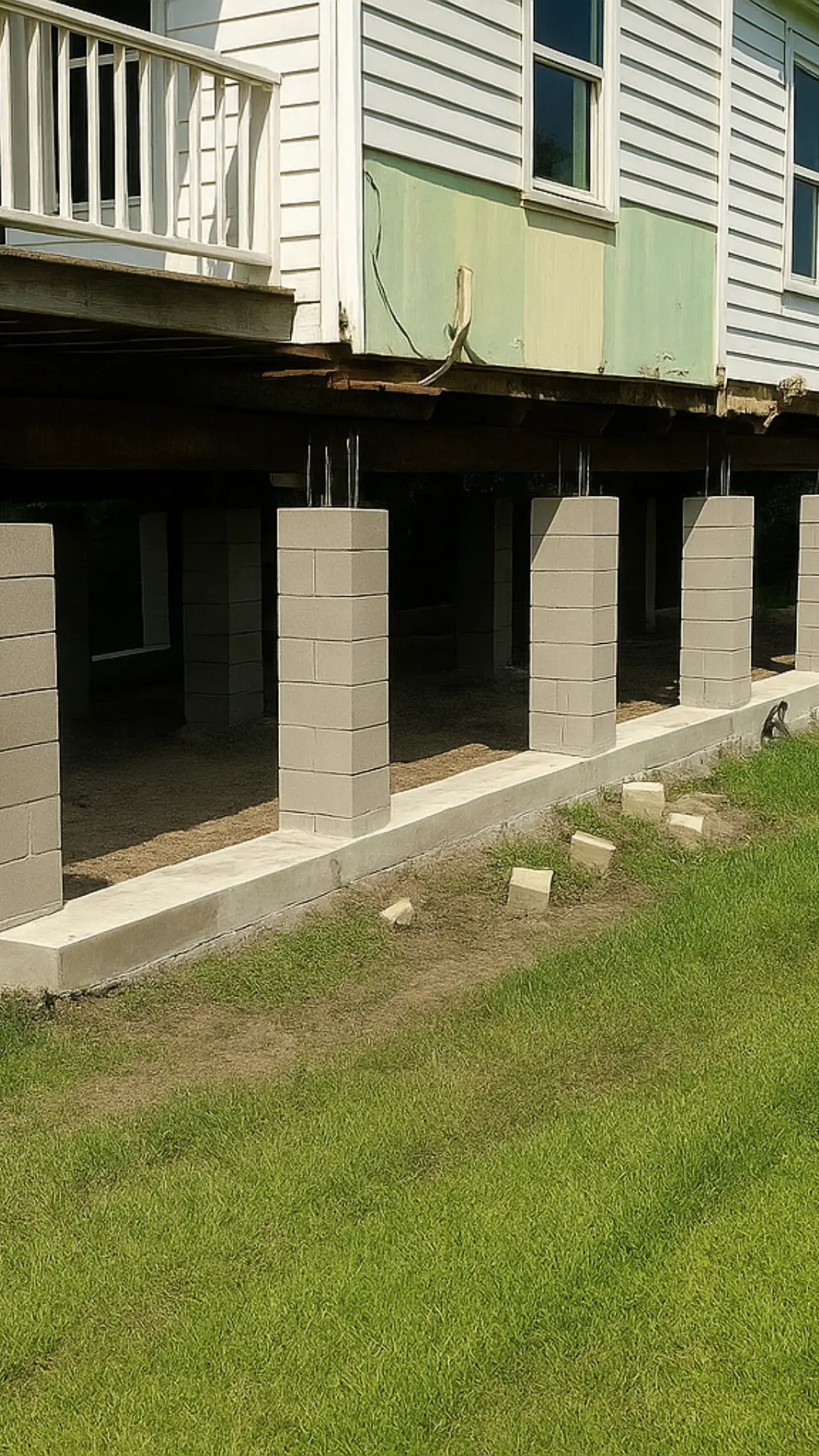Retaining Wall Drainage Solutions: Why They Matter
Retaining walls are an essential part of landscape design, providing both functionality and aesthetic appeal. However, one of the most critical aspects often overlooked in their construction is proper drainage. Without effective drainage solutions, retaining walls can suffer from water pressure buildup, leading to structural failure and costly repairs. In this blog post, we’ll explore the importance of retaining wall drainage solutions and how they contribute to the longevity and stability of your landscape structures.
The Importance of Proper Retaining Wall Drainage
When it comes to retaining walls, drainage is not just an optional feature—it’s a necessity. Water accumulation behind a retaining wall can lead to hydrostatic pressure, which is one of the leading causes of wall failure. This pressure can push the wall forward, causing cracks, bulging, or even complete collapse. Proper drainage alleviates this pressure, ensuring the wall remains stable and durable over time.
Common Drainage Solutions for Retaining Walls
There are several effective drainage solutions that can be integrated into retaining wall designs. Each solution serves to channel water away from the wall, reducing the risk of damage. Here are some common methods:
1. Gravel Backfill
Gravel backfill is a simple yet effective drainage solution. By placing a layer of gravel behind the wall, water can easily filter through and be directed away from the structure. The gravel acts as a permeable layer that prevents water from accumulating behind the wall.
2. Drainage Pipes
Incorporating drainage pipes, such as perforated pipes, at the base of the wall is another excellent method to manage water flow. These pipes collect and direct excess water away from the wall, preventing water buildup that can lead to increased pressure.
3. Weep Holes
Weep holes are small openings spaced regularly along the wall to allow water to escape. These holes are particularly effective in masonry and concrete retaining walls, acting as release points for trapped water and reducing hydrostatic pressure.
4. Geotextiles
Geotextiles are synthetic fabrics used to enhance drainage in retaining walls. They allow water to pass through while preventing soil from clogging drainage systems. These fabrics are often used in conjunction with gravel backfill and drainage pipes to ensure effective water management.
Design Considerations for Effective Drainage
Planning and design are crucial when it comes to implementing effective drainage solutions for retaining walls. Here are some key considerations to keep in mind:
1. Understanding Site Conditions
Before constructing a retaining wall, it’s essential to evaluate the site conditions, including soil type, slope, and climate. These factors will influence the choice of drainage solutions and the overall design of the wall.
2. Professional Assessment
Consulting with a professional engineer or landscape architect can provide valuable insights into the best drainage strategies for your specific project. Their expertise can help prevent costly mistakes and ensure the longevity of your retaining wall.
3. Regular Maintenance
Even with the best drainage solutions in place, regular maintenance is vital. Inspecting the wall periodically for signs of water damage, cleaning drainage pipes, and ensuring weep holes remain unobstructed can extend the life of your retaining wall.
Conclusion
Retaining wall drainage solutions are not just a technical aspect of construction; they are a critical component that can make or break the stability of your wall. By understanding the importance of proper drainage, selecting suitable solutions, and maintaining your wall over time, you can ensure its durability and functionality for years to come. Remember, investing in quality drainage solutions today can save you from costly repairs and replacements tomorrow.
FAQs
What happens if a retaining wall doesn’t have proper drainage?
Without proper drainage, water can build up behind the wall, creating hydrostatic pressure. This pressure can cause the wall to crack, lean, or even collapse over time.
Can I install drainage solutions myself?
While some simple drainage solutions like gravel backfill can be DIY projects, more complex systems involving pipes or geotextiles may require professional installation to ensure effectiveness and safety.
How often should I inspect my retaining wall’s drainage system?
It’s a good practice to inspect your retaining wall and its drainage system at least once a year, or more frequently after heavy rainfalls, to ensure everything is functioning correctly and to address any issues promptly.
